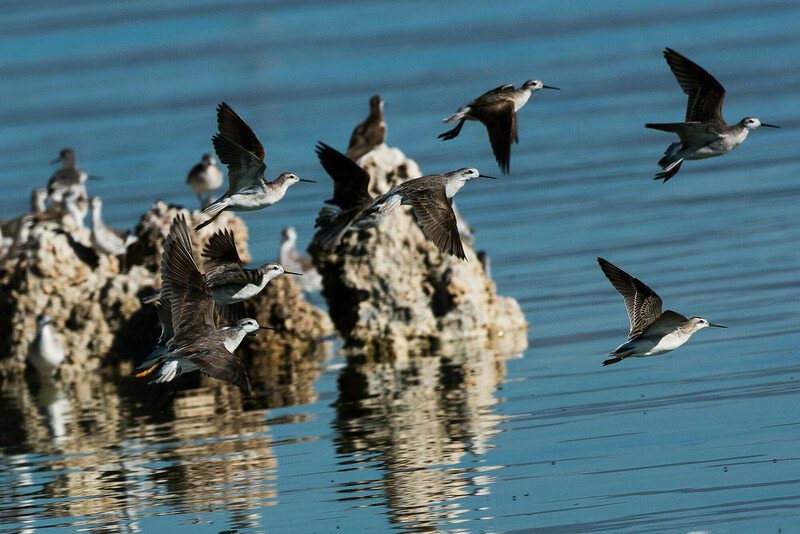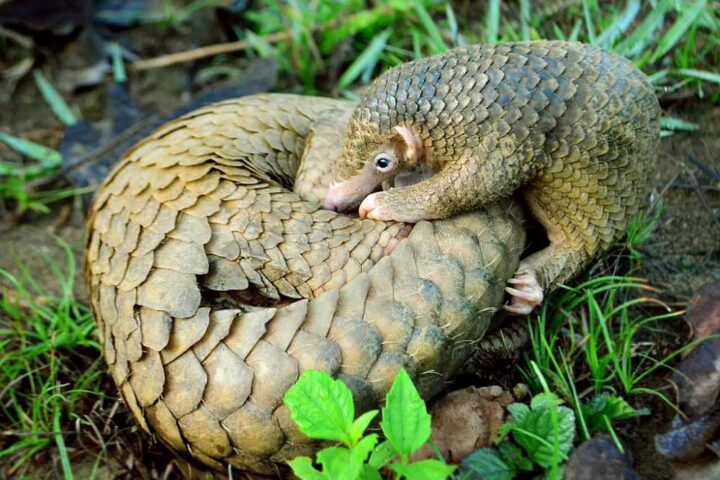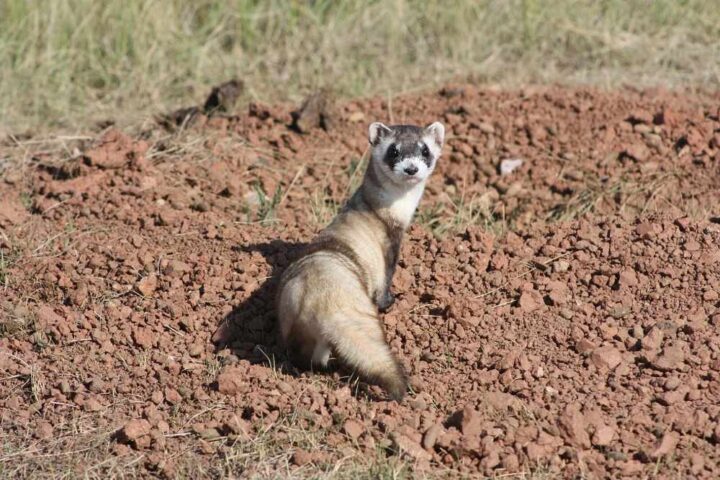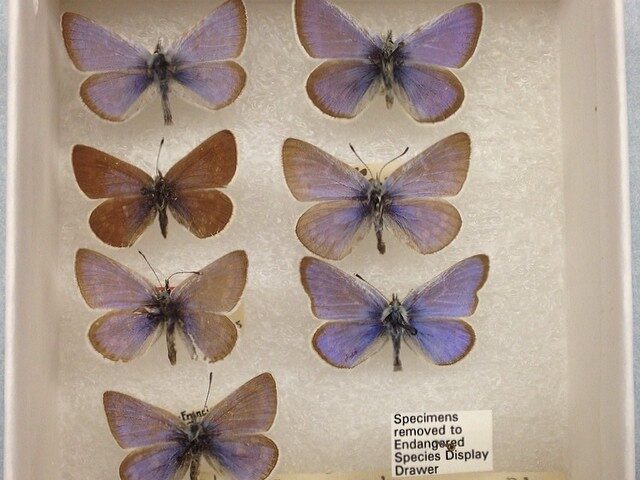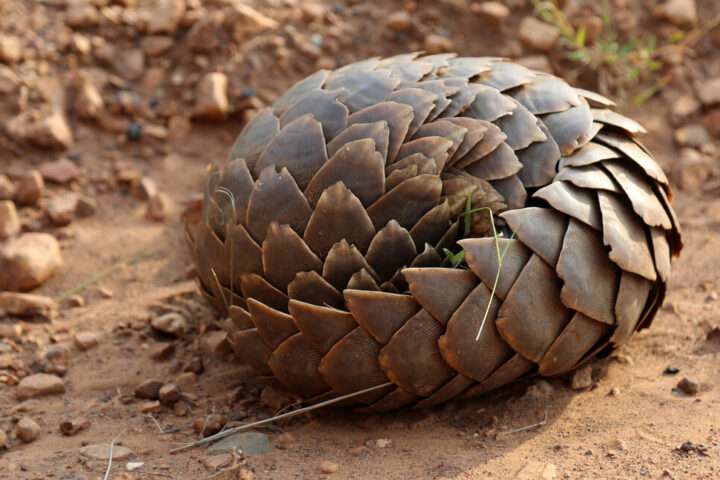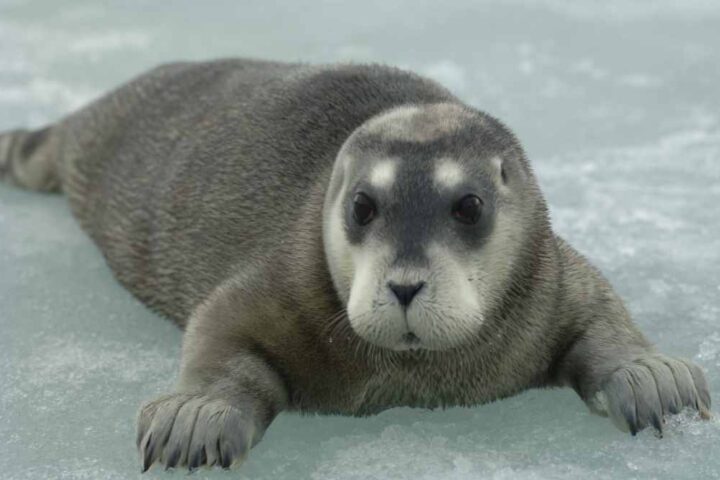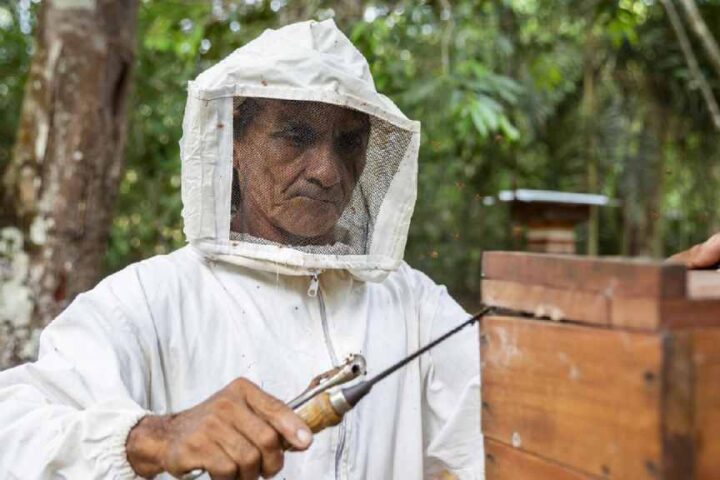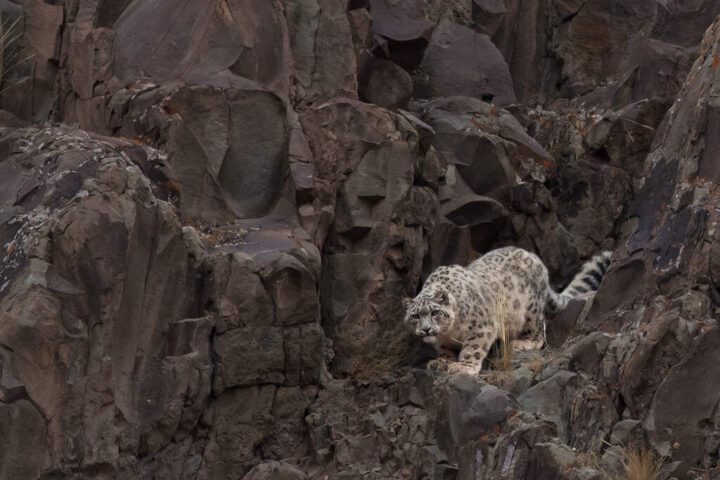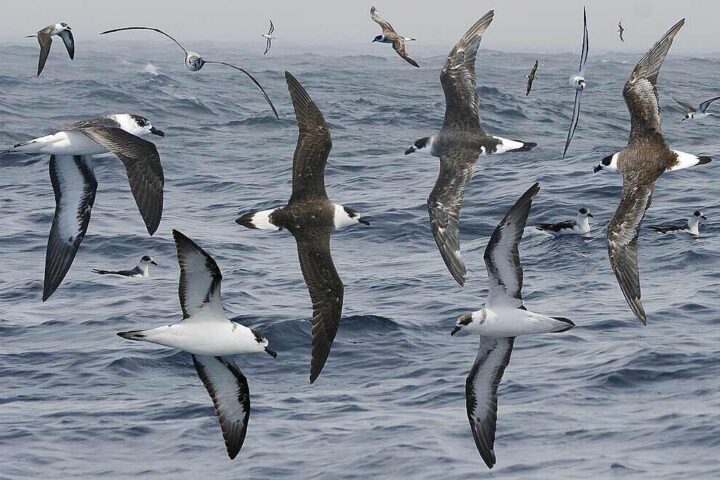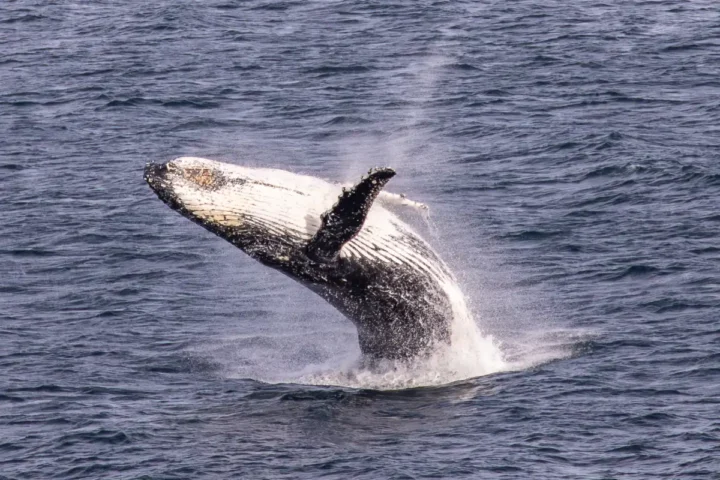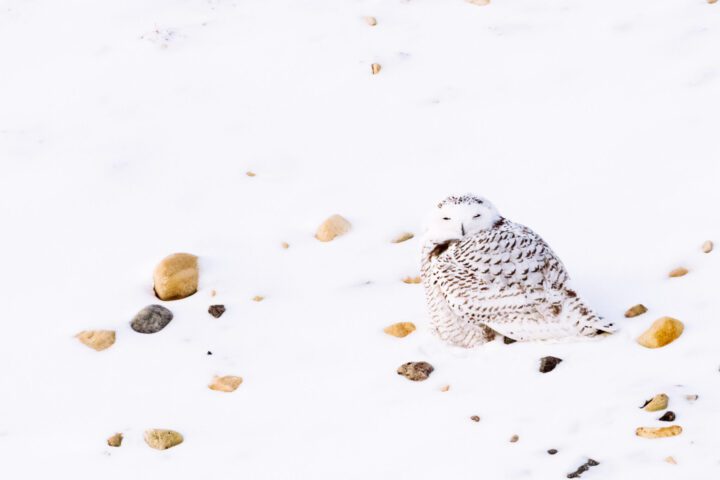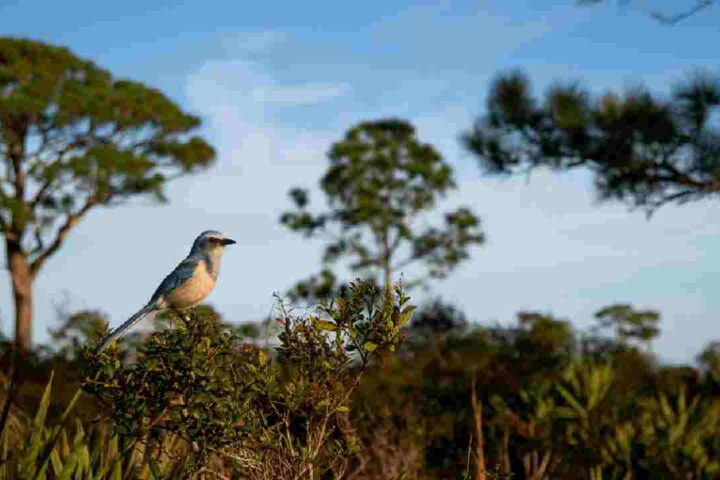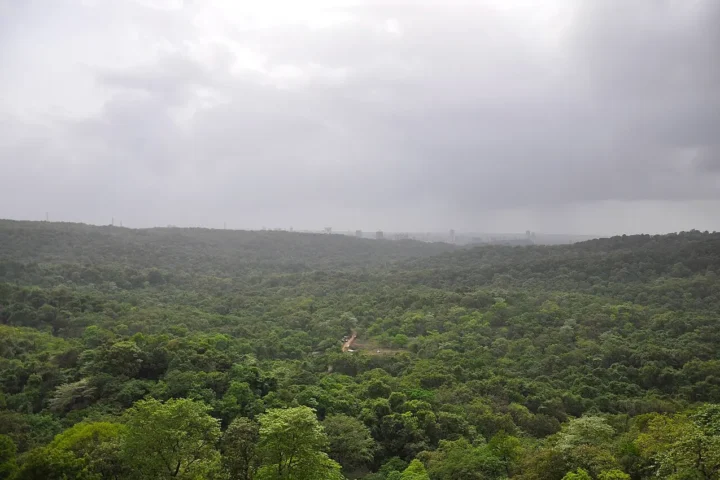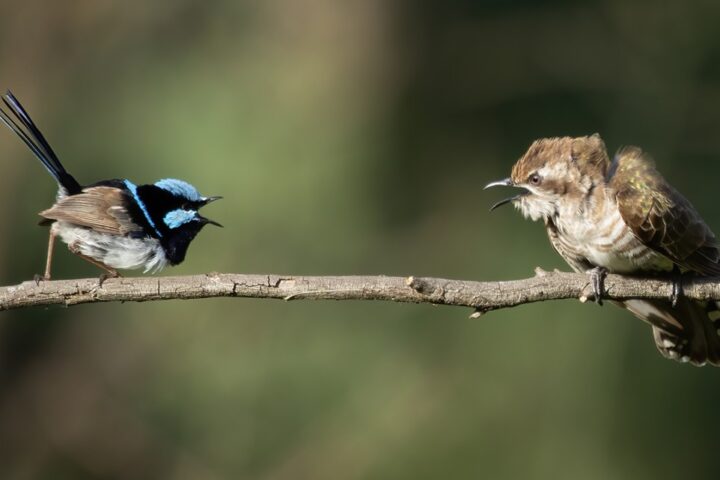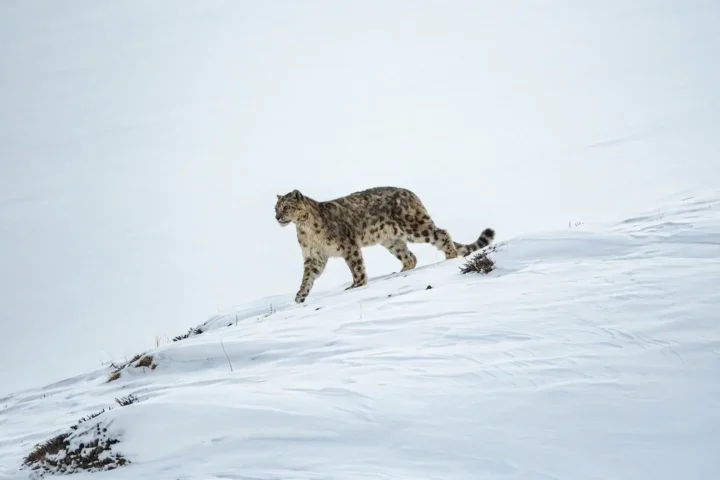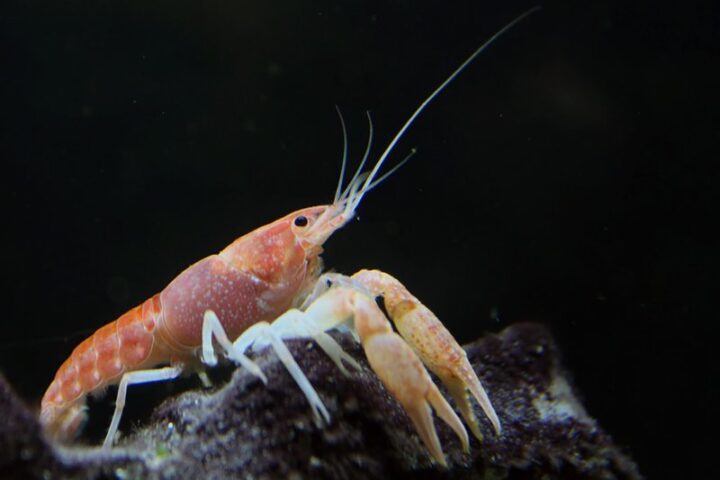Environmental groups have launched legal action to protect the Wilson’s phalarope, a migratory bird whose survival is increasingly threatened by the declining water levels of the Great Salt Lake in Utah.
The Center for Biological Diversity filed a formal notice on October 1, 2025, announcing its intent to sue the U.S. Fish and Wildlife Service for failing to respond to a March 2024 petition seeking protection for the Wilson’s phalarope under the Endangered Species Act.
Author Terry Tempest Williams joined local organizations and community members for a rally on the dried lakebed of the Great Salt Lake to announce the federal lawsuit. “By offering Wilson’s phalaropes legal protection under the law, legislators, politicians and business investors will have to find ways of immediately putting water into Great Salt Lake,” said Williams at the rally.
The Great Salt Lake currently sits at 4,191 feet above sea level – approximately seven feet below what experts consider a healthy level. Two wet winters temporarily prevented ecological collapse after 2022’s record low, but the lake remains vulnerable. Just one dry winter could push the lake back to catastrophic levels when the food web nearly collapsed.
More Posts
Wilson’s phalaropes are small shorebirds that rely heavily on saline lakes during their migration. Up to 60% of the global population uses the Great Salt Lake each summer to feed and prepare for their 4,000-mile journey to South America. The birds must double their body weight by feeding on brine shrimp and flies before continuing their migration.
The phalarope population has fallen dramatically in recent decades. Scientists estimate numbers have declined approximately 70% since the 1980s due to habitat destruction, water diversions and persistent drought.
“Scientists tell us unequivocally that the Wilson’s phalarope’s survival hinges on saving the Great Salt Lake,” said Deeda Seed, senior Utah campaigner at the Center for Biological Diversity. “Time is running out for these birds and we need federal action to protect them now.”
The lawsuit comes after federal officials missed their legal deadline to respond to the March 2024 petition. If the government doesn’t act during the 60-day notice period, a formal lawsuit will be filed in federal court.
State officials have expressed concerns about potential federal intervention. Hannah Freeze, deputy Great Salt Lake Commissioner, stated that “Utah is taking significant action to protect the Great Salt Lake and its migratory birds. We believe the state is better positioned to protect species like the Wilson’s phalarope than a federal listing.” She warned that a federal designation could lead to regulations that don’t fit Utah’s unique ecosystem.
Beyond the birds’ survival, the lake’s decline presents serious public health concerns. More than 2.8 million people along Utah’s Wasatch Front face exposure to dust from the increasingly exposed lakebed. These sediments contain toxic chemicals including arsenic, mercury, lead and cadmium.
Water experts estimate that river flow must increase by approximately one million acre-feet per year over the next decade to restore the Great Salt Lake to healthy levels. Despite state efforts to increase water flows to the lake in recent years, legal and cultural obstacles to changing water management have limited measurable progress.
“Protecting the Wilson’s phalarope, which need a healthy Great Salt Lake ecosystem to survive, is our canary in the coal mine moment,” said Jonny Vasic, executive director of Utah Physicians for a Healthy Environment. “If we allow these birds and their habitat to disappear, we will be endangering life along the Wasatch Front for humans as well.”
